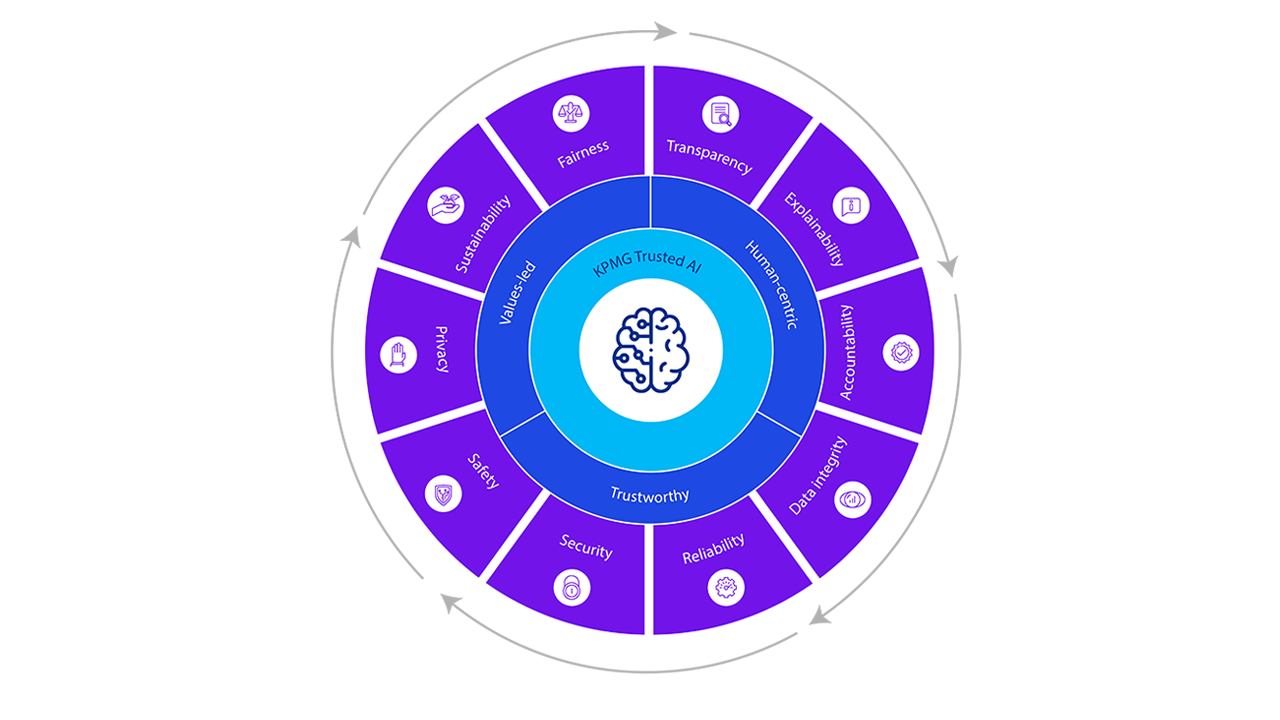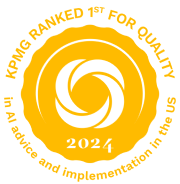P&C insurers can achieve performance breakthroughs when underwriting new policies and reviewing policy renewals. GenAI serves as a force multiplier and allows insurers to tap into a broader pool of data for analysis, which in turn enhances the quality of data leveraged for underwriting. Thanks to GenAI, tasks that once required laborious manual effort and considerable time can be accomplished with relative ease. GenAI also generates outputs and responses at AI language model speed—seconds or even milliseconds. The result is greater precision predicting risk, more accurate pricing, and less time spent on underwriting.
With GenAI supporting the underwriting department, reams of data from the highly to tangentially relevant are quickly analyzed. Data from public sources and third-party providers are aggregated. This data may include customer information, risk information, claims, insurance applications, forms and contracts, and even Securities and Exchange Commission filings. The expansion of data that is rapidly analyzed empowers P&C insurers to differentiate pricing, limit underwriting mistakes, and increase efficiency.
With the help of a GenAI tool, even front-line underwriting personnel can now perform sophisticated trend analysis that previously required the expertise of programmers and data scientists. Isolating trends can be difficult for humans to even identify, yet it is simple and easy when using a GenAI tool. The same technology can be used to upskill underwriting staff. GenAI reduces the time required to read and understand contracts or underwriting guidelines by summarizing the information and making it easier for staff to share and clients to understand.















